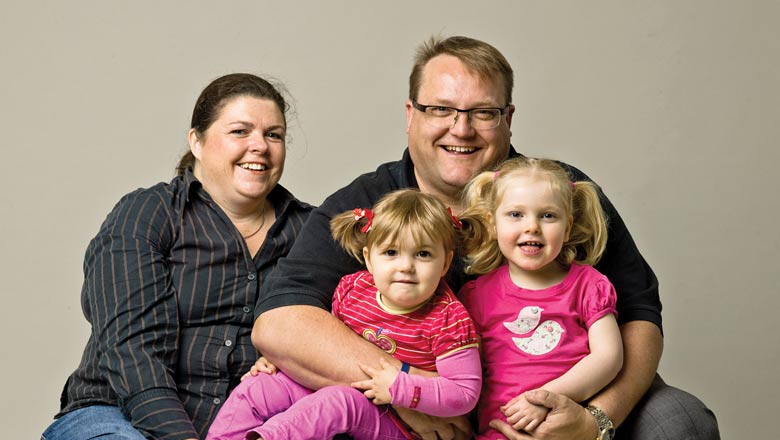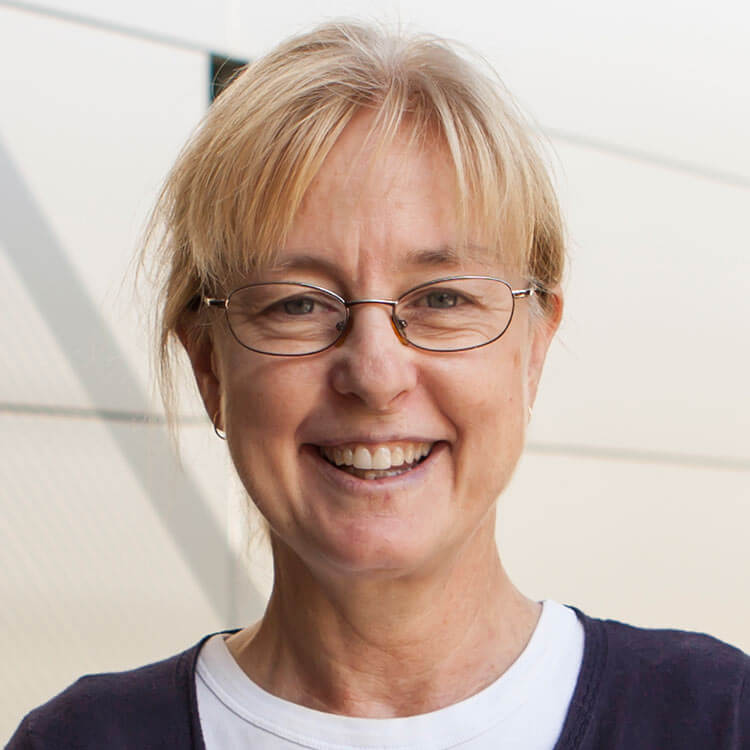Search
Showing results for "rett"
Research
Approaches to study the lifelong trajectories of children with neurodevelopmental conditionsWe argue that population-based studies are critical to overcome the selection bias seen in many clinical samples and to identify true variability within a...

News & Events
Global research for rare disorderThe Kids Research Institute Australia researchers set out on a worldwide search to find out all they could about Rett syndrome, establishing databases and creating awareness.
Research
Hospitalisation for oral health-related conditions in children with intellectual disability in Western Australia: a population-based cohort studyHelen Leonard MBChB MPH Principal Research Fellow +61 419 956 946 helen.leonard@thekids.org.au Principal Research Fellow Areas of research expertise
Research
The CDKL5 disorder is an independent clinical entity associated with early-onset encephalopathyThe clinical understanding of the CDKL5 disorder remains limited, with most information being derived from small patient groups seen at individual centres.
Research
Expanding the clinical picture of the MECP2 Duplication syndromePeople with two or more copies of MECP2 gene, located at Xq28, share clinical features and a distinct facial phenotype called MECP2 Duplication syndrome.
Research
"What about us?"- the drawbacks of current bruxism assessment criteria in evaluating vulnerable groupsJenny Helen Kingsley Downs Leonard Wong BApplSci (physio) MSc PhD MBChB MPH MBBS, MPH, MMedStat Head, Child Disability Principal Research Fellow

Research
CDKL5 deficiency disorder: clinical features, diagnosis, and managementCDKL5 deficiency disorder (CDD) was first identified as a cause of human disease in 2004. Although initially considered a variant of Rett syndrome, CDD is now recognised as an independent disorder and classified as a developmental epileptic encephalopathy.
Research
A brief history of MECP2 duplication syndrome: 20-years of clinical understandingMECP2 duplication syndrome (MDS) is a rare, X-linked, neurodevelopmental disorder caused by a duplication of the methyl-CpG-binding protein 2 (MECP2) gene-a gene in which loss-of-function mutations lead to Rett syndrome (RTT). MDS has an estimated live birth prevalence in males of 1/150,000.
Research
Comparing Parental Well-Being and Its Determinants Across Three Different Genetic Disorders Causing Intellectual DisabilityThis cross-sectional study examined parental well-being in caregivers of children with one of three genetic disorders associated with intellectual disability.
